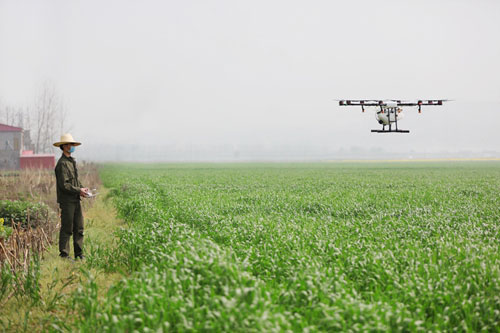
By Henry Hing Lee Chan
Small Scale Aerial Agricultural Spraying Made Possible in China
Aerial agricultural spraying used to be a hallmark of modern intensive farming. The sight of a small propeller plane flying at low altitude and spraying agricultural chemicals over an endless field often symbolized the application of modern technology on capital intensive farming. The small average farm size and much lower capital spending on farming in most of Asia simply makes such aerial applications impractical.
The situation is about to change in the near future. The world’s biggest commercial drone manufacturer, DJI (Da Jiang Innovations Science and Technology) announced on March 21 that the company is setting up a vast service network to expand the use of its newly announced agriculture specific unmanned aerial spraying vehicle, the Agras MG-1. The company will train 10,000 technicians nationwide to operate the drones and set up 100 aftersales service centers. The company will also offer subsidies to a maximum of 10,000 interested investors to start a business in farm drones.
The Agras (Agriculture Aerial Spray) MG-1 drone is specifically designed for aerial spraying of agricultural chemicals. The drone can carry up to 10 kg of liquid, fly at maximum speed of 8 m/sec (28.8 km/hour), cover 4 hectares per hour, and potentially replace up to 40 farmers spraying manually on the ground. The drone will cost less than RMB 100,000 and will have an exceedingly low operating cost. Users can either control the drone with a remote control or allow it to operate autonomously. In the latter case, the drone will scan the terrain in real-time and automatically maintain its altitude and distance from the crops. Agras MG-1’s most impressive feature is its intelligent memory system. After the drone is brought back to base to refill its tank or recharge its battery, it can return to a memorized location using microwave radar to resume its spraying.
The smart modification of drone usage from its traditional role of aerial photography to agricultural spraying is a great leap forward in the application of drone technology in agriculture. The simultaneous application of agricultural chemicals over a large track of land can prevent harmful infestations from migrating, and this can achieve a significant improvement in field pathogen control. The lower flying height of drones also cuts wastage compared with small planes. This new application of drone technology is a breakthrough for small farmers and offers them significant savings as well as a more “green” product.
The traditional use of drones in agriculture is in crop surveillance. Drone photography provides farmers with three types of detailed views of their crops. First, seeing crops from the air can reveal patterns that expose everything from irrigation problems to soil variation and even pest and fungal infestations that are not apparent at eye level. Second, airborne cameras can take multispectral images and capture data from the infrared as well as the visual spectrum, which can then be combined to create a view of the crops that highlights differences between healthy and distressed plants in a way that can’t be seen with the naked eye. Finally, a drone can survey a crop regularly to create a time-series animation that show changes in the crops, revealing trouble spots or opportunities for better crop management.
At the moment, the US is leading the world in the application of drone technology, and its penetration rate is as high as 50 percent. In contrast, China has only 4,000 agricultural drones in operation. Despite the fact that DJI is the world’s leading drone manufacturer, the small size of Chinese farms simply allows farmers to do the task of field monitoring themselves. But now with drones doing the heavy lifting job of agricultural chemical spraying at a reasonable cost, the expanded usage of drones in crop monitoring can also be expected, and this will meaningfully accelerate China’s agricultural modernization.
Agriculture has come a long way thanks to capital intensive heavy equipment like tractors and combines. Hopefully, the next big leap in modern farming will come from small flying drones that traced their start to hobbyists.



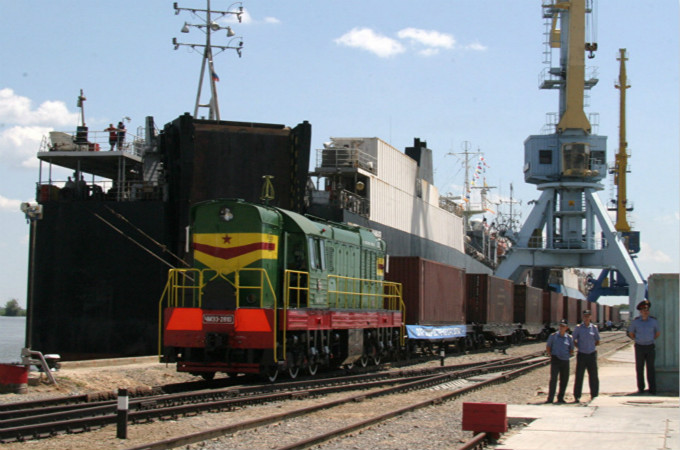

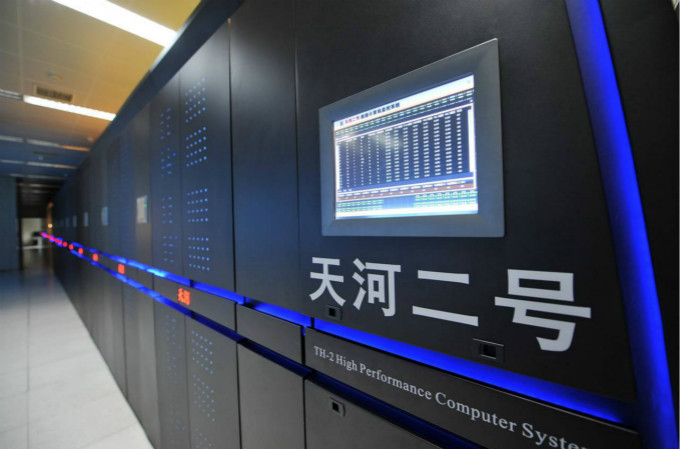
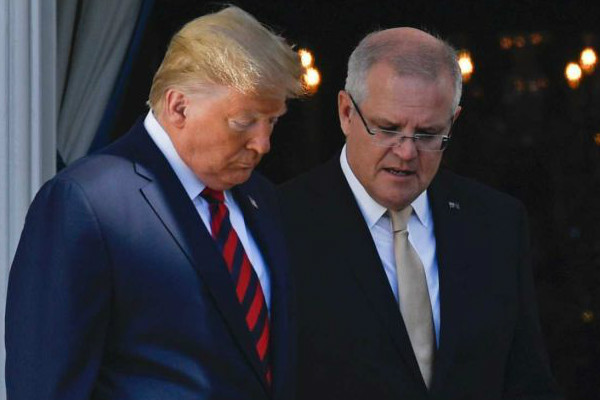
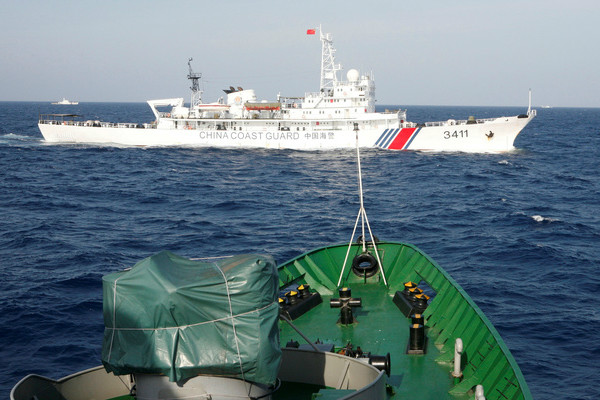

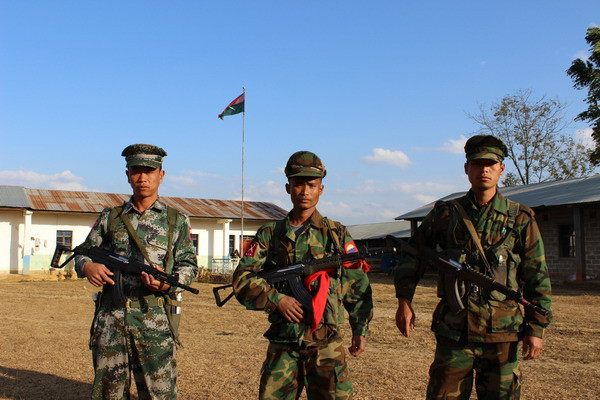
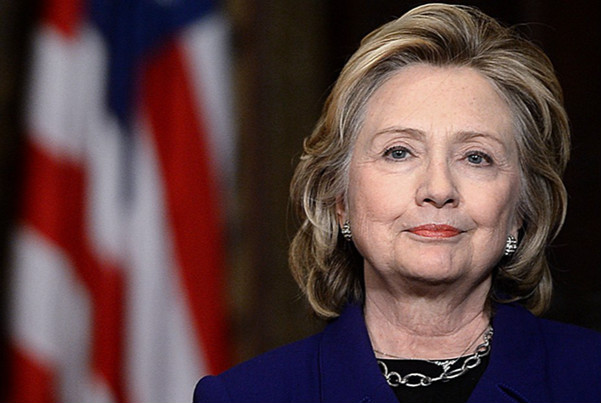
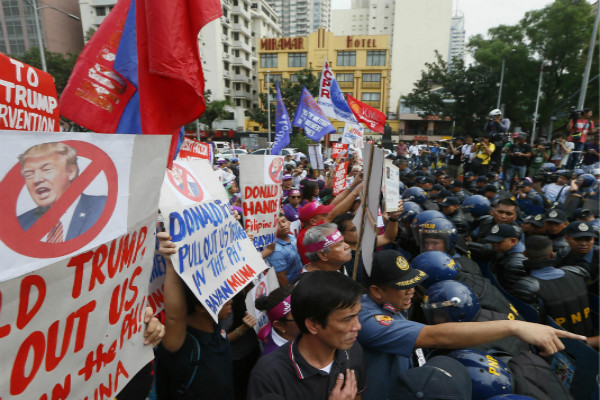
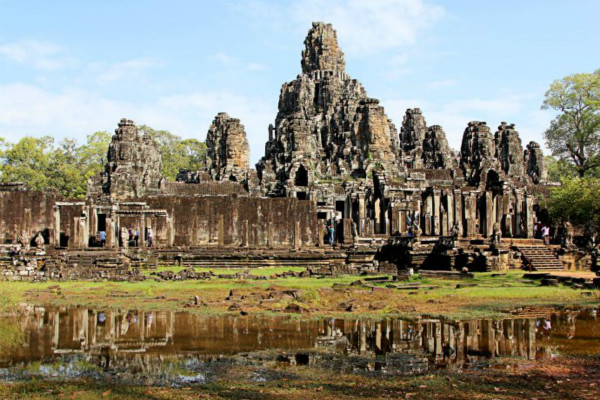





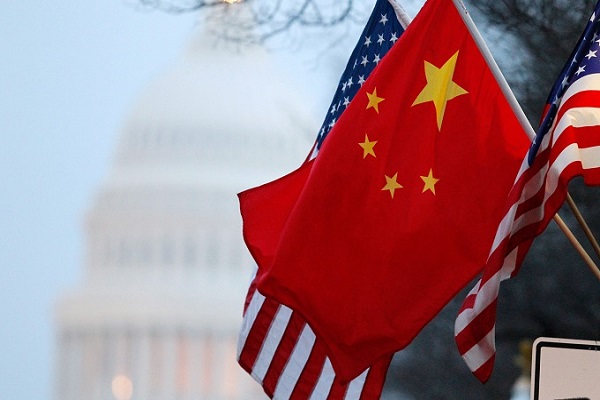


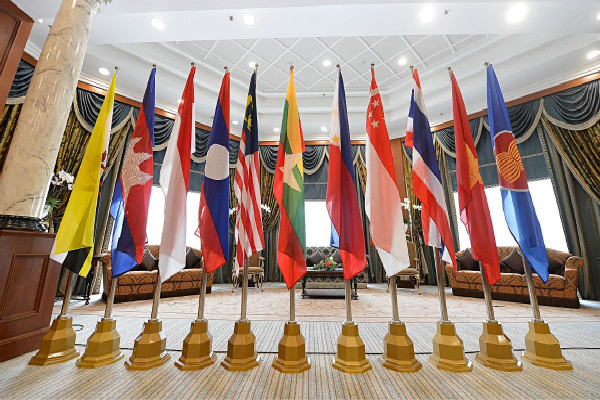
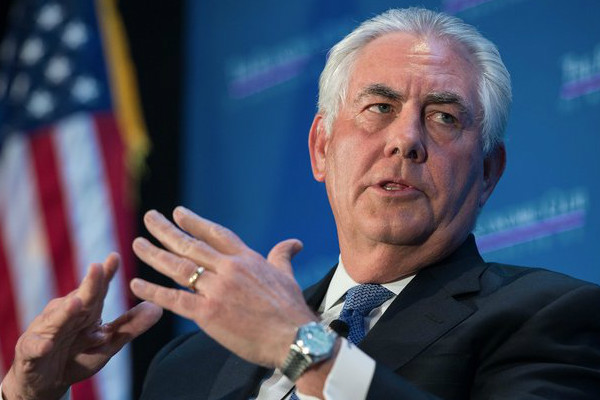

Leave a Reply
Your email address will not be published. Required fields are marked *